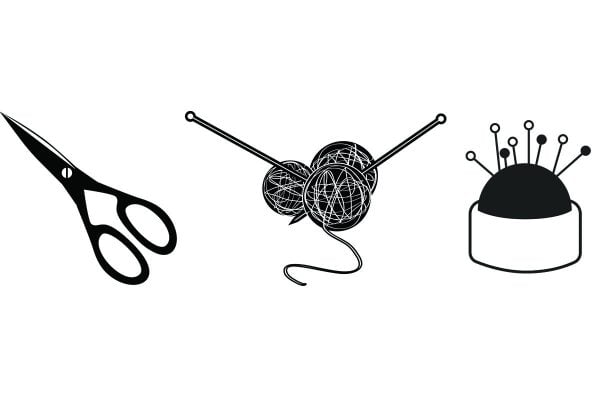Consumers have become reliant on Amazon as a search engine for product discovery. Historically, consumers would start their searches on Google, but that behaviour has shifted as two-thirds of consumers now start their search for new products on Amazon’s marketplace, says The Amazon Customer Experience report by Feedvisor.
Gaining a comprehensive understanding of how consumers move through their purchase journeys will allow sellers to enhance overall customer satisfaction and maximise the impact of their investments.
Here are the key stages of the customer journey to help merchants keep this insight in front of mind throughout each transaction.
1. Awareness
- The customer discovers a product for the first time.
2. Consideration
- The customer takes time to weigh the pros and cons of a product against other, similar products.
3. Conversion
- The customer decides to purchase one product over another.
4. Retention
- The customer demonstrates product or brand loyalty and buys the same product again and again in the future.
5. Advocacy
- The customer has a positive experience with the product and recommends it to others.
How to master product consideration
Once customers pass the awareness stage, they move on to consideration. During this stage, they will analyse the product in order to fully understand what they are getting before making a purchase.
Sellers should help shoppers connect with their product and get a comprehensive sense of its quality, function, size, and reliability.
Here are several ways merchants can effectively influence consumers during the consideration phase:
1. Product images and videos
Merchants can leverage product images to instil trust between them and their potential customer. They can stir up interest and inform a customer’s buying process.
They need to utilise clear, high-quality product images that show several angles and the products in use to help customers visualize exactly what they would be buying. By using an infographic or image that highlights a product’s benefits, you can visually demonstrate unique differentiators.
Videos can be a tremendous value-add as well, as customers like seeing a product in action and some may find video more helpful than a static image.
2. Product comparison charts
Including an image with a list of features and how a seller’s item differs from or is superior to a competitive product can help a shopper make a decision if they are stuck between their product or a like item from a competitor.
Sellers can format the chart via checkmarks or “yes/no” columns, highlighting benefits that their product offers that the competitors’ may not. With these charts, merchants are proactively answering customers’ questions before they even have a chance to ask and are being transparent about product attributes.
3. Ratings and reviews
Feedback provides valuable insights into merchants’ overall business performance — positive feedback confirms the areas in which their team and store are excelling and negative feedback sheds light on areas of the business that can be optimised to increase overall customer satisfaction.
Also, most feedback is visible to the public and used by customers to inform their future purchase decisions.
4. Customer testimonials
Customer testimonials demonstrate that merchants have a credible seller reputation and their customers are willing to vouch for them. Many customers review testimonials before making a purchase.
5. Q&A
Q&A section presents an opportunity for sellers to connect with customers and demonstrate their commitment to providing positive customer experiences.











2 Responses
Hi, can merchants put video on Amazon.co.uk as I cannot see how to do that from my seller central edit item page, is that EBC pages only? Also, the “Product comparison charts” is that only on Enhanced Brand Content item pages also? Thanks.
Yes, it’s only on EBC pages.